- News
- Reviews
- Bikes
- Components
- Bar tape & grips
- Bottom brackets
- Brake & gear cables
- Brake & STI levers
- Brake pads & spares
- Brakes
- Cassettes & freewheels
- Chains
- Chainsets & chainrings
- Derailleurs - front
- Derailleurs - rear
- Forks
- Gear levers & shifters
- Groupsets
- Handlebars & extensions
- Headsets
- Hubs
- Inner tubes
- Pedals
- Quick releases & skewers
- Saddles
- Seatposts
- Stems
- Wheels
- Tyres
- Tubeless valves
- Accessories
- Accessories - misc
- Computer mounts
- Bags
- Bar ends
- Bike bags & cases
- Bottle cages
- Bottles
- Cameras
- Car racks
- Child seats
- Computers
- Glasses
- GPS units
- Helmets
- Lights - front
- Lights - rear
- Lights - sets
- Locks
- Mirrors
- Mudguards
- Racks
- Pumps & CO2 inflators
- Puncture kits
- Reflectives
- Smart watches
- Stands and racks
- Trailers
- Clothing
- Health, fitness and nutrition
- Tools and workshop
- Miscellaneous
- Buyers Guides
- Features
- Forum
- Recommends
- Podcast
feature
 2023 Cycle to Work - 1
2023 Cycle to Work - 1How to save money on a bike with a Cycle to Work scheme
A Cycle to Work scheme is designed to promote healthier journeys to and from work and reduce pollution by allowing employees to save money on a new bike and/or accessories. The initiative was first introduced by the government in 1999 and many thousands of people have benefited ever since. You might well be able to join them.
The good news is that getting a bike through a Cycle to Work scheme is much simpler than you might think.
How does it work?
Your employer can run its own scheme but most register with a Cycle to Work scheme provider, such as Cyclescheme. You choose your new bike and/or accessories and get a voucher that covers the cost. You then spend that voucher on whatever you've selected and start making monthly hire payments for it over a fixed period – usually a year.
Find out how to commute by bike
Cycle to Work is a 'salary sacrifice' benefit. What does that mean? You make a saving by paying for the bike and/or accessories directly from your gross salary (before tax). You sacrifice part of your salary, temporarily lowering your income slightly. Your income tax and national insurance are based on the lower figure, so the amount you pay is less.
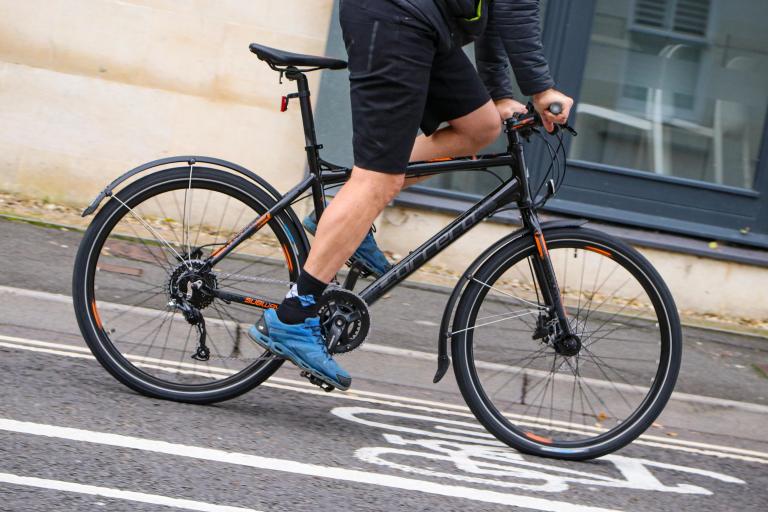
During the hire period, the bike and/or accessories are technically on loan to you. If you want to keep them at the end of your hire agreement – and you probably will – you'll usually have the option of paying an ownership fee. The fee allows you to retain the bike whilst avoiding any benefit-in-kind-liability.
Cyclescheme always recommends the ‘own it later’ fee rather than the ‘own it now’ option at the end of the 12-month loan period. This is only 3% of the original value of a sub-£500 bike or 7% of the original value of a bike priced over £500, and it’s a one-off payment.
If you want to know exactly how much you’ll save, you can plug your figures into something like Cyclescheme’s Cycle to Work Calculator.
Am I eligible?
You enter a Cycle to Work scheme through your employer. You're not eligible if you're unemployed or self-employed.
Employers of all sizes can implement a scheme for their employees.
Here's the Department for Transport's Cycle to Work scheme implementation guidance.
How much can I spend?
As much as you like. In mid-2019 the Department for Transport changed its guidance on the scheme to make it clear that any Cycle to Work scheme provider registered with the Financial Conduct Authority could provide a bike of any value. The department claimed this was to enable the purchase of e-bikes via the scheme, but larger employers registered with the Financial Conduct Authority (FCA) had been providing bikes over £1,000 for years.
Check out the best commuter bikes 2023
The Green Commute Initiative is a Cycle To Work scheme provider that has offered bikes with no £1,000 limit since 2016; now all FCA-authorised providers do so, and that's basically all of them.
How much will I save?
The amount you save depends on the cost of your bike and/or accessories and the rate of tax you pay.
As an example, Martin has a salary of £25,000 a year and opts for an £800 bike, a helmet priced £50 and other accessories of £150 – a total of £1,000. His combined monthly hire payments and final ownership fee – if it becomes his after four years – will total £750, a saving of 25%.
If Jane earns £55,000 a year and gets the same bike, helmet and accessories, she'll end up paying £650 all in; a 35% saving. This difference is simply down to the fact that the tax and national insurance savings she'll make are greater because she's a higher earner.
What bike and equipment can I get?
You can get any type of bike you like. It doesn't have to be designed especially for commuting. It can be a road bike, mountain bike, gravel bike, even an electric bike. Tricycles and other cycles are covered too.
Find out all about electric bikes on ebiketips
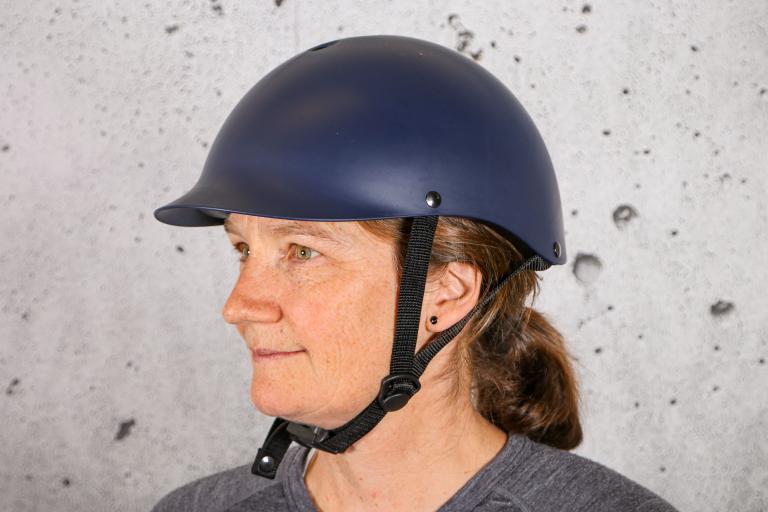 You can also get cyclists' safety equipment. Although this is not defined precisely, it covers pretty much all accessories you're likely to need for cycling to and from work, including helmets, lights, mudguards, locks, pumps, tools and reflective clothing. You can get a backpack or a luggage carrier and panniers, the rationale being that they allow you to carry things safely.
You can also get cyclists' safety equipment. Although this is not defined precisely, it covers pretty much all accessories you're likely to need for cycling to and from work, including helmets, lights, mudguards, locks, pumps, tools and reflective clothing. You can get a backpack or a luggage carrier and panniers, the rationale being that they allow you to carry things safely.
You won't get away with aero bars or a power meter because describing either as safety equipment would be a stretch too far!
Do I have to ride to work every day?
No, but you need to use the bike and accessories 'mainly' for journeys between home and work, or part of those journeys, or for journeys between one workplace and another.
That said, no one is going to make you log your mileage. You are free to use the bike in your leisure time, so you can head off along the canal towpath in the evening, ride a sportive at the weekend, or take it away on holiday with you.
What if I leave my job?
If you leave your job or are made redundant during the hire period, you'll no longer be riding your bike to your original workplace so you're not eligible for further tax savings. Outstanding payments will be taken from your final salary.
These must be made from your net pay (your take-home pay) rather than your gross pay. "If you are on a 12-month scheme and have had four salary sacrifice repayments taken from gross salary prior to leaving employment, the remaining eight should be taken from your final net salary," says Cyclescheme.
"If you are on a 12-month scheme and have had four salary sacrifice repayments taken from gross salary prior to leaving employment, the remaining eight should be taken from your final net salary," says Cyclescheme.
Check out the best casual cycling commuter wear
"If you have benefited from tax and national insurance savings you are still likely to be liable for your ownership payment. However, because you should never pay more than the RRP for the bike we may be able to waive the ownership payment if fewer than one month's worth of salary deductions have been taken for certificates under the value of £500, or if fewer than three months of salary deductions have been taken for certificates equal to, or over the value of, £500 have been taken before you leave employment."
How do I start?
• Find out whether your employer is registered with a Cycle to Work scheme provider. If they're not, encourage them to do so.
• Select your bike and/or accessories from a participating retailer and obtain a quote.
• Ask your employer for a voucher to cover the cost, and salary sacrifice details.
• Spend the voucher at the relevant bike retailer and receive the bike and/or accessories.
• Your salary sacrifice repayments will begin on your next payday.
Cycle to Work scheme user: Kate Lawrence
Glasgow-based physiotherapist Kate Lawrence, 48, got a bike through Cycle to Work scheme provider Cyclescheme.
With a keen cycling dad, she was used to bikes as a youngster, but it was only after the birth of her second child that she decided to get back in the saddle as an adult. Now, though, she’s a committed commuter come rain or shine — which in Glasgow, more often than not means rain. We spoke to her about how it's going.
Do you remember doing anything ‘wrong’ in those early days after getting back on your bike?
I suppose I overdressed initially. You forget how quickly you can overheat, especially as there is nowhere in Glasgow that doesn’t have significant hills. Also, on some of those hills, I just didn’t have the fitness and the strength so there were a couple of times that I literally keeled over sideways because I couldn’t go fast enough to maintain my balance! That’s very embarrassing in commuter traffic.
Were you using clipless pedals at the time?
No, I’ve used clipless pedals a few times but I don’t really get on with them. I think for cycle commuting they’re not that useful because you’re stop-starting so often. I do have half and half pedals, though, and I have used the clipless function for rides above 10 miles and not in lots of traffic.
If you don’t use clipless pedals, how do you get up those Glasgow hills?
I think you just develop a sense of gauging the hill. If it looks short enough and you hit it at speed, perhaps after a descent, you think: ‘Right, I’m going to stay in a high gear and absolutely pump it.’ But then there are other hills where those aren’t good tactics and you need to get in the right gear earlier and work your way up.
How do you cope with rainy days?
In the summer I still wear cycle shorts and just wipe down my legs when I arrive. I keep meaning to get cycle overshoes but instead I have a dry pair of shoes and my uniform at work, and hope my grotty cycle trainers dry out enough for the return journey. The rain can be so bad here that I sometimes need dry underwear for work as well! At least once a year the roads will flood because the drains get clogged up with leaves — the water will be halfway up a bike’s wheels. On those days I love the fact I’m on a bike because cars end up getting flooded and have to be abandoned while I can keep going, albeit with a little care.
What is your best bit of kit?
Probably my Altura cycling jacket — that is easily my most useful bit of kit with our weather. This year my daughter also treated me to a Proviz Reflect 360 backpack and I’ve got some completely reflective mudguards, those are really good, too. When my kids were younger, the Croozer Kid for 2 trailer was by far my favourite cycling item. I was sad when my youngest outgrew it. Without kids, it could handle an entire week’s shopping! Quality really pays for an item you use daily, and I used it so much I wore out at least one set of tyres.
What health benefits have you noticed from commuting?
In the first year I lost about 9lb, which doesn’t seem a lot but I really wasn’t trying to lose weight. Cardio-wise I am way ahead of where I was, and I’ve started to see muscles where I’ve never seen muscles before — even on my upper body. I don’t do upper-body workouts, but the strength you get from load bearing and pushing and pulling on the handlebars has an effect.
What has been your worst commuting experience?
Hitting black ice downhill on a corner was bad: my knees hit the road, my body whiplashed forwards and I cracked the front of my helmet. And then, a week later I discovered I was pregnant! He’s eight years old now, so that all worked out fine.
What advice do you have for new commuters?
There will be wobbles and setbacks, so be brave and stick at it. Keep setting yourself little goals — look for things you might not be able to do yet but you might be able to do in time. That will add to your sense of self-confidence and achievement and provide benefits that go well beyond simply fitness.
Factfile
Name Kate Lawrence
Lives Glasgow
Occupation Physiotherapist
Commute I cycle nearly four miles each way on my commute — one mile with my children to their school, then another three miles to work.
Frequency Every day
Cyclescheme bike I’ve actually got two bikes through Cyclescheme: my first is an Eastway FB3.0 and the newest is a Merida Speeder 300.
Why I started cycling I cycled a lot as a child with my father. Then I had a long hiatus when I moved to Glasgow — as a student I just didn’t think about bringing my bike over — but I got back into cycling in my late 30s.
Thanks to Cyclescheme for help compiling this article.
Mat has been in cycling media since 1996, on titles including BikeRadar, Total Bike, Total Mountain Bike, What Mountain Bike and Mountain Biking UK, and he has been editor of 220 Triathlon and Cycling Plus. Mat has been road.cc technical editor for over a decade, testing bikes, fettling the latest kit, and trying out the most up-to-the-minute clothing. He has won his category in Ironman UK 70.3 and finished on the podium in both marathons he has run. Mat is a Cambridge graduate who did a post-grad in magazine journalism, and he is a winner of the Cycling Media Award for Specialist Online Writer. Now over 50, he's riding road and gravel bikes most days for fun and fitness rather than training for competitions.
Latest Comments
- BikingBud 1 hour 49 min ago
And here is maybe my downfall as an engineer and being involved in safety I am too objective....
- Tom_77 2 hours 11 min ago
Bike serial numbers should be registered at the point of sale - Bike Register / Immobilise *. It would be easy to do and ought to make it harder to...
- Tom_77 2 hours 34 min ago
Tempted to get him a sweary birthday cake like in The Thick Of It....
- Bigtwin 2 hours 45 min ago
Which makes the case perfectly for a sensible limit on the price of the C2W bike, and the relief on it. No one on north of £100K a year needs to...
- dubwise 2 hours 48 min ago
Sorry to let you down Jack, but unfortunately I have a face for radio and a voice that is only useful for closing time in pubs. For shame.
- Bigtwin 3 hours 3 min ago
Didn't happen did it? They came into my shop a couple of years back and said it was "on the way", but never heard anything more.
- Steve K 3 hours 35 min ago
Very parochially, I've still not forgiven Pearson's for abandoning their roots by leaving Sutton.
- Gd29 3 hours 44 min ago
Warner Bros makes 8 year term agreement... withdraws after 4 taking the whole thing down....
- Pub bike 4 hours 18 min ago
That may well be so but in this specific case following the link to the article the first paragraph states "A "devastated" owner of a bike shop in...
- BikingBud 4 hours 19 min ago
Kind of like the idea but feel it is getting a bit too much into "Enemy of the State"...

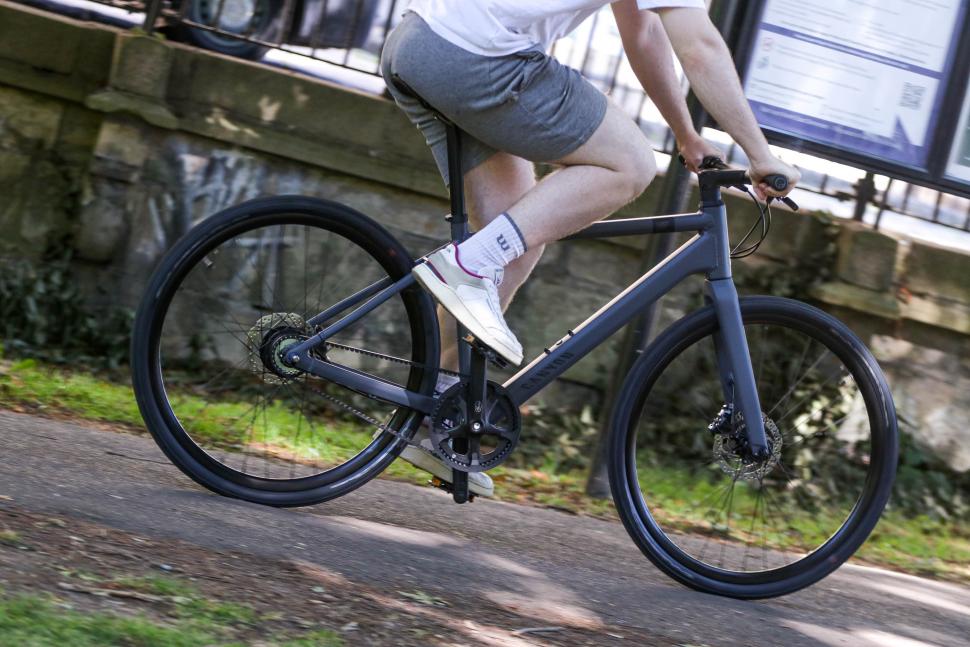
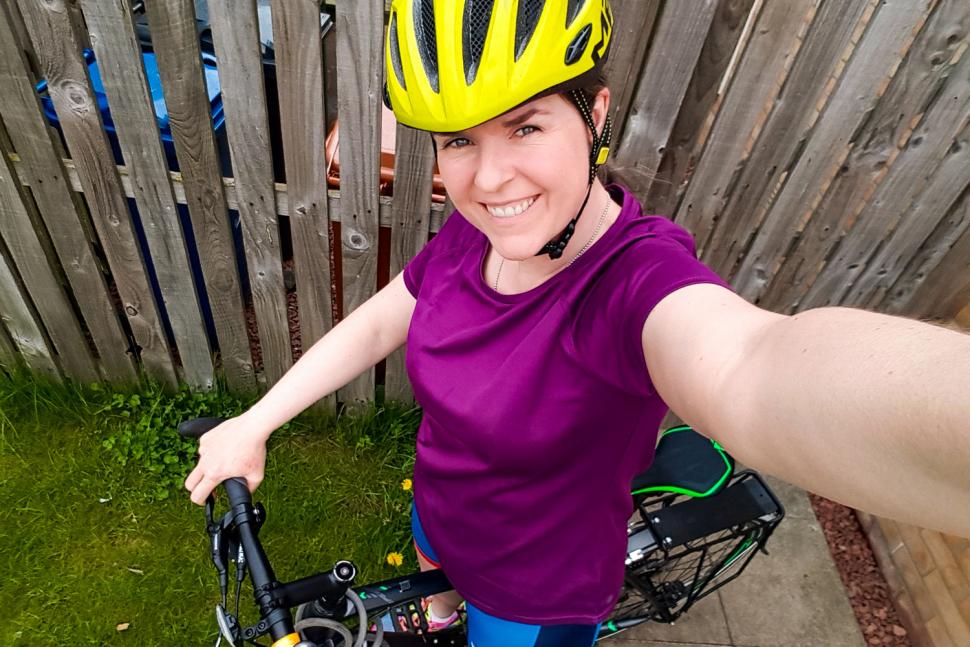
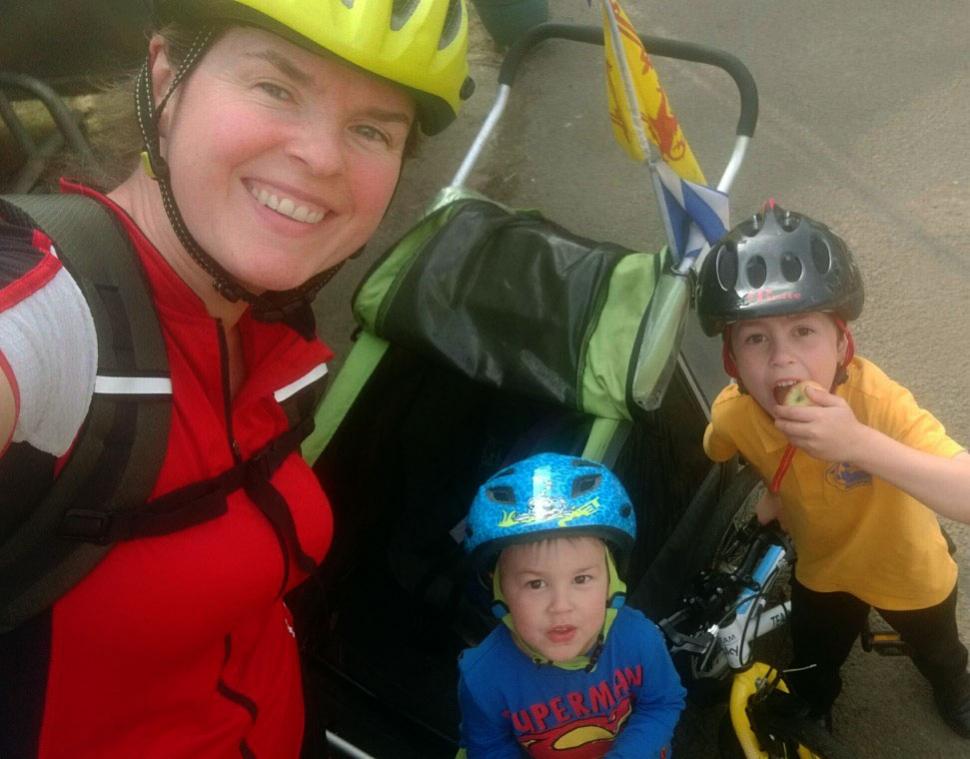
Add new comment
10 comments
I've had about 5 or 6 bikes now on a work scheme. Fortunately they've all been through Green Commute Initiative. Great company to deal with, simple form to fill in, everything done via e-sign docs in a few days and they're a social enterprise which amongst other things means they reinvest their profits into the business. Bike shops that have supplied the bikes love it too, as they only charge 5% commission, rather than 10-15% that the others do. There's no upper limit on the bike purchase price and they get round the end of agreement fee too by loaning it to you free of charge until the benefit in kind tax liability is zero, and appoint you as the disposal agent.
You can save a lot of money with a Cycle To Work scheme, the only downside I found was that some shops (Halfords and Decathlon) don't accept vouchers from the particular scheme (Bike2Work) my employer has chosen. So that did limit my choice a bit.
On the other hand, I was initially put off because my employer had chosen Halfords's Cycle2Work scheme. For anyone else in a similar position though, don't be put off - I found they also work with a network of independent shops and have therefore been able to source other brands that Halfords doesn't stock.
BE CAREFUL!
When I looked into joining my employers scheme I discovered that it would actually cost me more through the C2W scheme!
If you don't normally pay for bike insurance then factoring in this extra expense plus the cost of the stipulated grade of lock (usually Gold level) you discover that the total cost is larger than just buying the bike outright - without the risk of still having to have the salary sacrifice even if the bike is written-off or stolen (you are liable to source a replacement).
The usual advice is to not own it for four years to make the final payment low - but as you don't own it you need to get it insured (in the small print it is often a requirement to provide insurance proof) as most policies charge at least 10% of the value then you are paying out 40% to save 30% for the standard rate taxpayer.
IME it's not a viable option for me anyway.
I can't recall insurance being a requirement when I have used cycle to work schemes. If it was in the small print, I've certainly never been asked to provide proof, and I've never insured a bike whether bought through the scheme or otherwise.
Whilst there are situations where C2W is not sensible, I disagree that this is one of them.
Whilst I can't speak for every provider, I know mine (CycleScheme, which seems to be the largest provider) don't require insurance - they merely "strongly advise" it.
I don't understand why you think the risk is greater if you had bought the bike through a C2W scheme than if you'd just bought it outright. In both cases you end up paying for the whole bike (either upfront in full; or over the course of the hire period with salary sacrifice savings) and in both cases if the bike is stolen/written off you either have to source a replacement or you no longer have a bike.
I also don't think either locks or insurance have to be expensive. You can get Gold Sold Secure locks for <£30. I've added my bikes to my home insurance policy - I don't know exactly how much they add to the premium, but I don't think it can be more than ~£20 per year, quite possibly less.
Exactly. The only difference I can see is psychological - I admit it would be galling to continue paying for something after it had been stolen (though the same would apply if e.g. buying on finance).
Can confirm, after buying a bike on finance, not insuring it, and having it stolen, It really hurts seeing your money leave your account every month for a bike you don't posses anymore.
Luckily it was still cheaper for me to get another bike on finance (and pay for both) than it was to pay for a tube pass when I used to live in London.
My sympathies. I still grieve for my first road bike, though I had finished paying for it by the time the b****** stole it.
its a valid point to raise that I doubt most people consider on C2W schemes, you would of course have to tell your insurance co the bike was owned by your employer, till the scheme completed.
but I think the whole scheme is psychological, people bang on about the £1000 limit, some companies do still impose it even if the limit isnt technically there anymore, whilst completely ignoring all the bikes they could buy and own right now from any number of LBS often for half the value they felt they needed for a C2W bike.
its only value really I think is as a 0% interest free loan, that may allow those on low incomes to budget for a bike they otherwise couldnt afford, for everyone else its just a tax dodge.